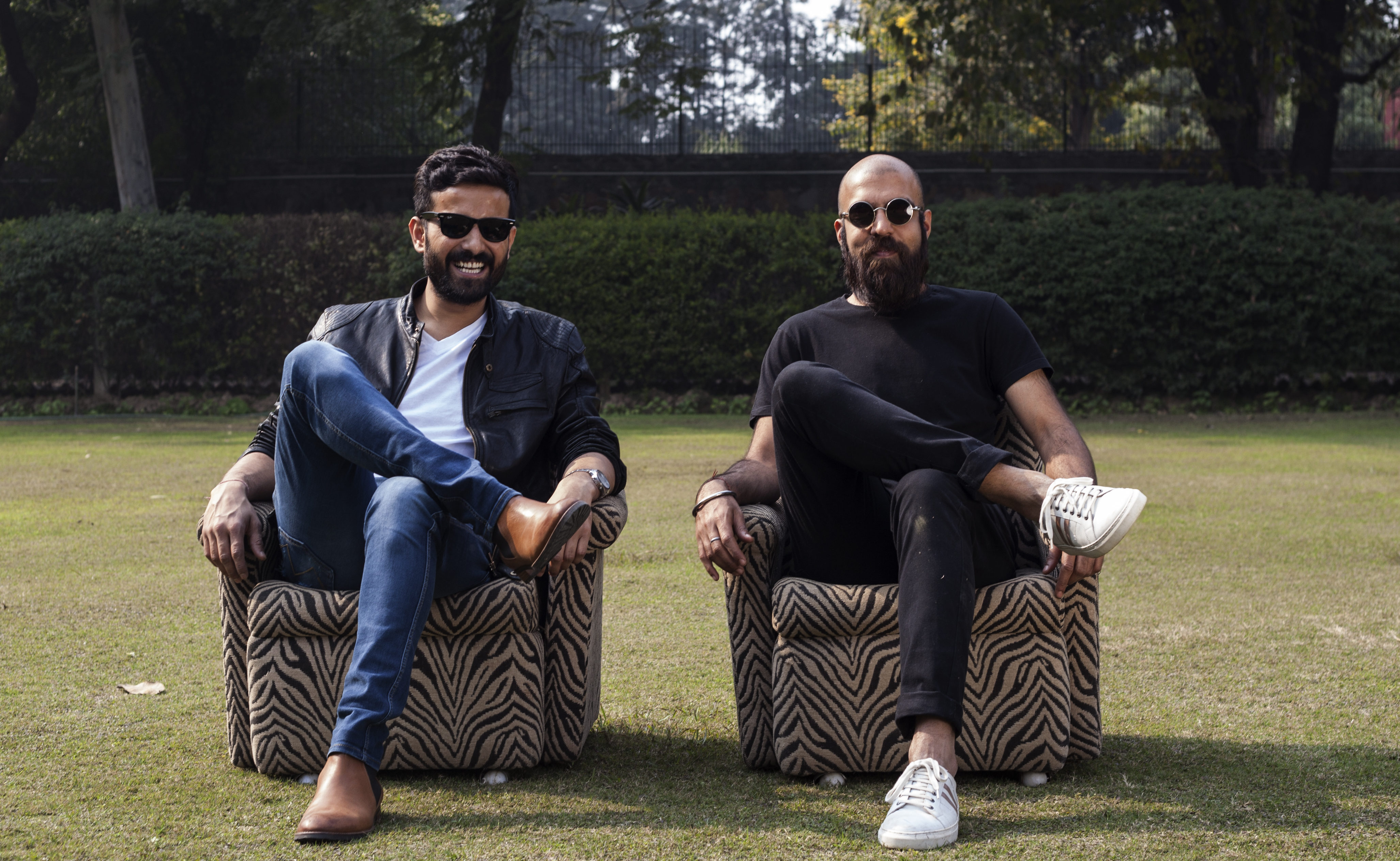When Abhishek Sharma and Pranav Sawhney launched footwear brand Dameriino, they saw a clear need in the market for a homegrown handmade leather shoes brand. There was also the experience that when they tried to purchase affordable good quality fashionable shoes, they suddenly realised that the choices were limited. The duo told S&A that their aim is not to sell one very expensive shoe to a customer, but sell multiple pairs over a period of time.
Startups and India
Abhishek Sharma: One would like to believe it is more start-up friendly than it actually is. Yes, there’s improvement in the ease of starting a new business, but the need for continuous compliance and processes with the different government agencies can be quite exhausting. The market is favourable to start-ups, especially B2C businesses like ours because of the internet, not necessarily because of the policies that are put in place.
Launching Dameriino
Pranav Sawhney: There was a clear need in the market for a homegrown handmade leather shoes brand for me. When we tried to purchase affordable good quality fashionable shoes, we suddenly realised how we didn’t have very many choices. So, it’s basically the love for good shoes, combined with a clear gap in the market, that prompted us to launch Dameriino.
Target Market and Positioning
A.S: It’s a tricky question. Because when you run a physical store, you know exactly who comes to that mall/market, who are the people walking in. But it’s very different with an online store. We target the young gent who enjoys indulging himself in fashion, and has an urban lifestyle. However, what we see increasingly are orders from Tier II and III cities, which shows us that there is a greater awareness of home-grown brands across the country. We still get a bulk of our orders from men between 25-40 from Delhi, Mumbai, Bangalore, Hyderabad, and Chennai, but the young man from small cities is going to take over the consumer base soon.
Strategy For value creation
P.S: Our thought process always first starts with putting ourselves in the customers’ shoes. We’ve all bought footwear, from the cheapest to the one expensive pair that we wear exclusively to the best occasions. There’s three ways we try to build value within the brand. One key value is the price point. Dameriino is not the cheapest brand, but it is an affordable brand. So our aim is not to sell one very expensive shoe to a customer, but sell multiple pairs over a period of time. Second, we’re very customer service focused. Dameriino is a products brand, but it’s essential to complete the experience with good customer service, right from a phone call to double check the size they’ve ordered to a follow up call to check if they like the shoe. And last, we realise that your experience of a brand doesn’t end once you’ve made the purchase, but also for the whole while you use the shoes. To address that, we’re soon launching our own shoe care products and tying up with service providers that do shoe laundry, which our customers can avail at reduced prices.
Challenges as a startup
A.S: We’re a bootstrapped company, and our scalability is currently completely dependent on our sales. It’s a factor that hampers our growth of inventory and ability to market across the country. However, we wouldn’t be a successful start-up if we didn’t find a hack for it, so we do our best working around credit cycles with suppliers and unconventional marketing and PR ideas. Then there’s of course the economic infrastructure and policies that do more to throw curveballs than actually facilitate business, but what’s a good story without a good villain.
Indian market
P.S: Very positive, actually. There’s so much happening at the same time. As a brand, and as a consumer, we’ve all got access the trends, designs, and sensibilities from around the world. And all of this co-exists with an inherent Indian aesthetic and craftsmanship. And it’s the coming together of these things that makes India a very promising market.
Retail strategy
A.S: Our aim from the beginning has been to grow very organically and strategically. For the first year, Dameriino was completely offline, and the entire effort was to seed the product with our own circles, get feedback, understand the needs of a male consumer, and create a brand that resonates well with the target audience. Almost two years ago, we launched our website, and since then our efforts have been completely geared towards driving more consumers to our portal. It’s been a constant effort to do this through influencer marketing, word of mouth sales, pop-up shows, collaborations, and social media outreach. Over the next 6-8 months, we will be expanding our physical footprint throughout the country with strategic tie-ups with designer retail outlets.
View on GST
P.S: Like I said, there’s got to be a villain for there to be a hero, so without going into details of how it has handicapped small businesses and vendors, let’s just hope there’s light at the end of this tunnel. As a small business, there’s a sense of helplessness as a lot of our efforts seem to be geared to be paying taxes. A big focus for us is to keep prices affordable, but we’ve been pushed to pass on some of the burden on the customers and some has been absorbed by us. This isn’t ideal and it’s really not a very positive way to boost the start-up economy but apparently it’s a collective sacrifice to be made for greater good. Either way, we hope no one is walking into #achhedin barefoot should there ever be light at the end of this tunnel.









